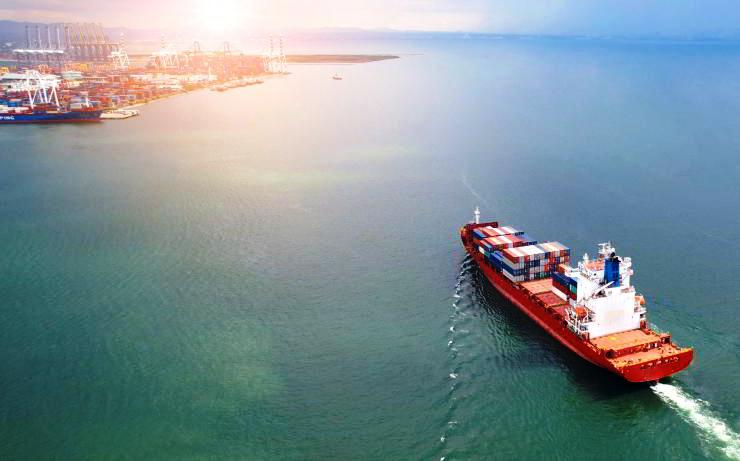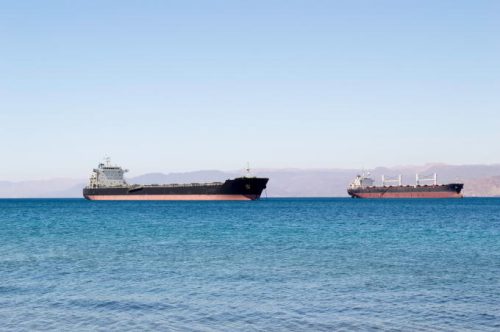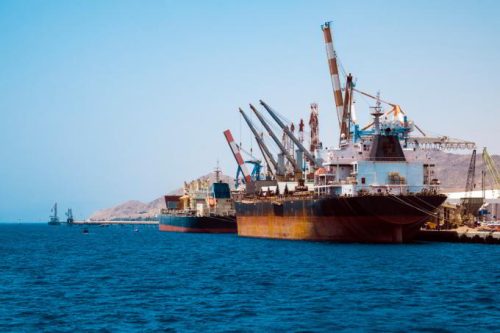The Mediterranean Sea. Friendshoring.

The Houthi attacks, in addition to accelerating the contemporary processes of nearshoring and friendshoring of production chains, resulting in the creation of new value chains based on proximity to ensure greater security, are accelerating the processes of
identifying alternative land corridors, with the Mediterranean
as their final destination.
This need is also driven by geopolitical reasons aimed at reducing political-economic dependence on China and increasing the supply of those “critical” raw materials essential to Europe. Among these is the IMEC (India-Middle-East-Corridor) project which, undoubtedly represents a response to the needs for differentiation and de-risking. In fact, it is outlined as an alternative corridor to the route, exposed to Houthi attacks, passing through the Strait of Baab al Mandeb.
In addition to this, the IMEC constitutes, for the Mediterranean area, the only relevant strategic infrastructure that excludes Beijing, thus assuming a value opposed to the Belt and Road Initiative.
Therefore, the project has the merit of achieving an essential geopolitical objective, namely the creation of a supply chain external to the involvement of China and distant from the perimeter of intervention
of the terrorist group.

Ship with cargo near Haifa shore. The Port of Haifa is the largest of Israel’s three major international seaports. 123rf
The IMEC, based on a multi-level system, integrates the physical dimension with the digital and energy version, providing a rail connection, a system of submarine electric cables and gas pipelines for the passage of green hydrogen. The infrastructure involves relatively stable political realities such as India (Mumbai), the United Arab Emirates (Dubai), Saudi Arabia (Riyadh), Jordan (Al-Haditah), Israel (Haifa) and Greece (Piraeus), presenting a hybrid system of maritime and land flow capable of reducing costs by 30% and accelerating the speed of transit times by 40%, compared to those used to pass through Suez.
The project has a strong friendshoring component, strengthened both by the Abraham Accords, which sanctioned the normalisation of relations between Israel and the UAE by promoting cooperation for the stability of the Middle East and by the I2U2 alliance, created in 2021 between Israel, the UAE, India and the United States as an anti-Chinese function. Furthermore, it connects the Mediterranean Sea with the Indian Ocean, creating a significant convergence between the two macro-areas.
The National Green Hydrogen Mission (NGHM), announced by India in 2023, is compatible with the European objectives of REPowerEU, including the import of 10 million tons of renewable hydrogen by 2030. NGHM represents a response to this need, envisaging the production of 5 MMT (million metric tons) of green hydrogen per year through renewable sources by 2030 and export through new infrastructures, such as, precisely, the IMEC.

Jordan. Two merchant ships coming into port in Aqaba. The Port of Aqaba is the only port in Jordan and is owned by Aqaba Development Corporation (ADC). 123rf
These are aspects destined to strengthen Euro-Indian cooperation also in the area of maritime security, where Delhi’s participation in the Eunavfor Atalanta mission has already created a shared operational framework. The Houthi attacks could lead to a greater need for the security of production chains by creating infrastructure works, such as the IMEC, with a high transformative potential for geopolitical structures, to accelerate both the partnership for maritime security between the actors involved, and the construction of supply chains external to Beijing, and the energy conversion processes envisaged by the European agenda by strengthening cooperation with India.
In a complementary manner to the IMEC project, and in conjunction with the strategy of reshoring the production chain, the Israeli Ben Gurion project represents a valid response to the threat posed by the Houthis to trade routes. Given the impact on transit through the Suez Canal, the plan envisages the development of an alternative corridor with a predominantly land-based character, defined as a “land bridge” capable of connecting Eilat, located on the Gulf of Aqaba, with Ashdod, in the Mediterranean Sea. The project would constitute an alternative to the crossing of Baab al Mandab, although it would be in direct competition with Egypt, as it would present, also for ships transiting the Strait, a complementary and additional option to Suez in the outlet to the Mediterranean. The idea of building a railway system between Eilat and Aqaba would save two days of navigation through Suez for those transport carriers coming from the Red Sea.
However, at present, several questions afflict the feasibility of the project understood as competing with Egypt. First of all, the limited size of the port of Eilat and its shallow depth (less than 12 meters). In addition, the excessive cost of the operation of land drainage and expansion of the port. Therefore, if the option of an alternative canal to Suez passing through Eilat seems unrealistic, the idea of an Eilat-Ashdod land corridor has not lost value, especially in the perspective of neutralizing the Palestinian threat from Gaza.

Cargo ships stand in the port of Eilat on the Red Sea (Israel). A “land bridge” connects Eilat, located on the Gulf of Aqaba, with Ashdod, in the Mediterranean Sea. 123rf
In fact, like Haifa, Ashdod has deep waters and can handle container ships with loads of 18 to 24 thousand TEUs, effectively projecting itself into the Mediterranean economy. Consequently, the railway line (land bridge) presents itself as a feasible engineering solution and above all, as being capable of intercepting traffic between the Mediterranean and the Indian Ocean, in continuity with the development of the IMEC corridor along the Middle East.
The extent of the threat posed by the Houthis could determine the level of acceleration of alternative infrastructure projects to the route to Baab al-Mandab, such as the IMEC or the Ben Gurion Canal, in addition to several land corridors deployed in the Middle Eastern quadrant. For example, the Israeli Trucknet Enterprise has received authorization to build additional land bridges aiming to transport goods by land from the United Arab Emirates or Bahrain through Saudi Arabia and Jordan, until reaching Israel. Having signed an agreement with the Egyptian logistics company WWCS, the loads can be located in Egypt and continue through Suez. The result will be an increase in connectivity, strategic relevance and integration of the Middle East with the Mediterranean economy. But also, the formulation of production chains and corridors external to Chinese penetration with a view to contrasting the Belt and Road Initiative, which hinges on the absolute centrality of the Suez Canal. (Open Photo: The shipping system transports containers by cargo ships. 123rf)
F.R.



